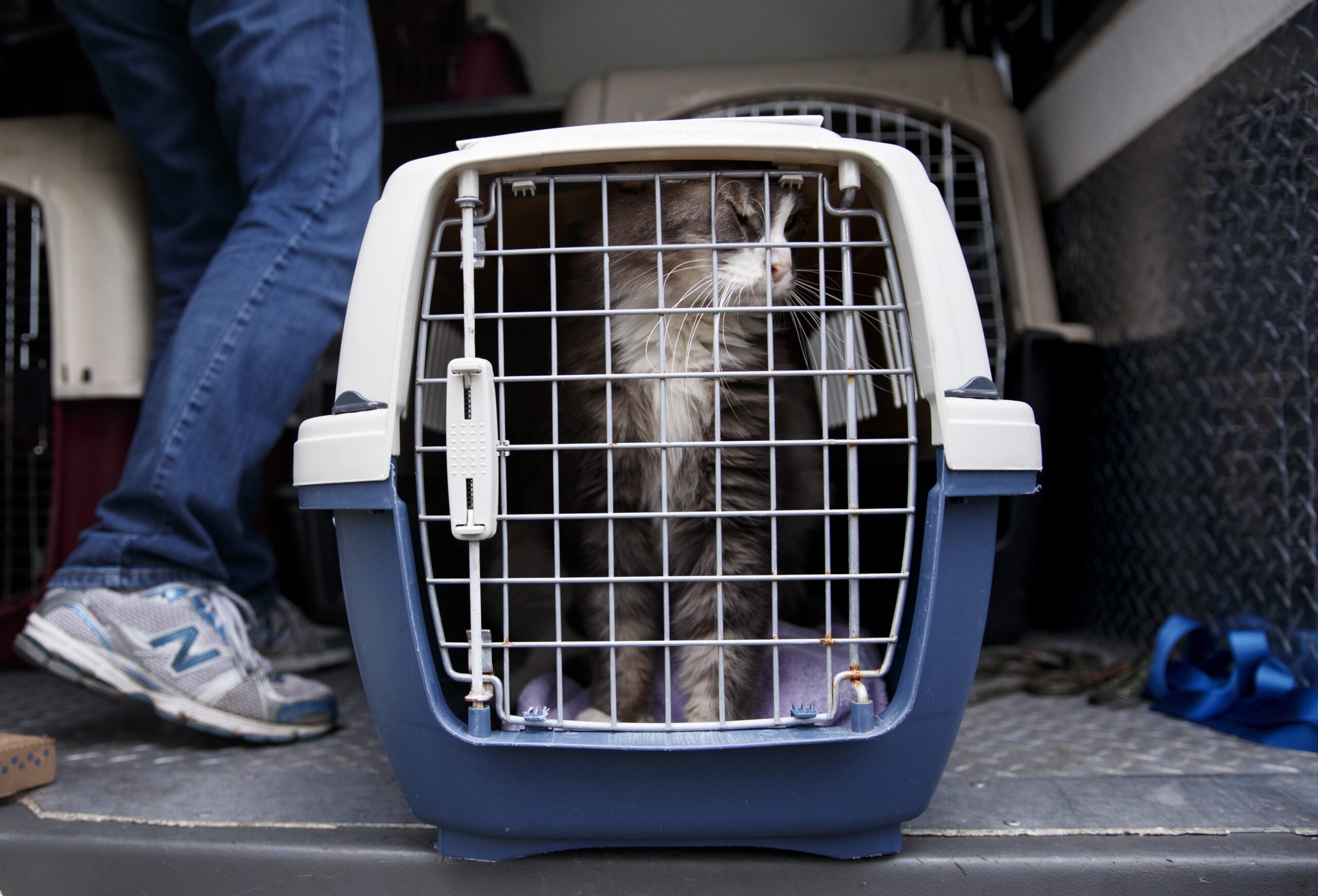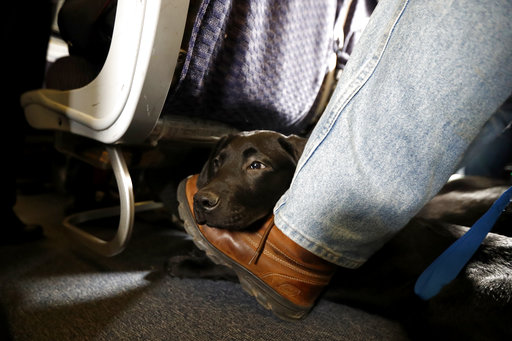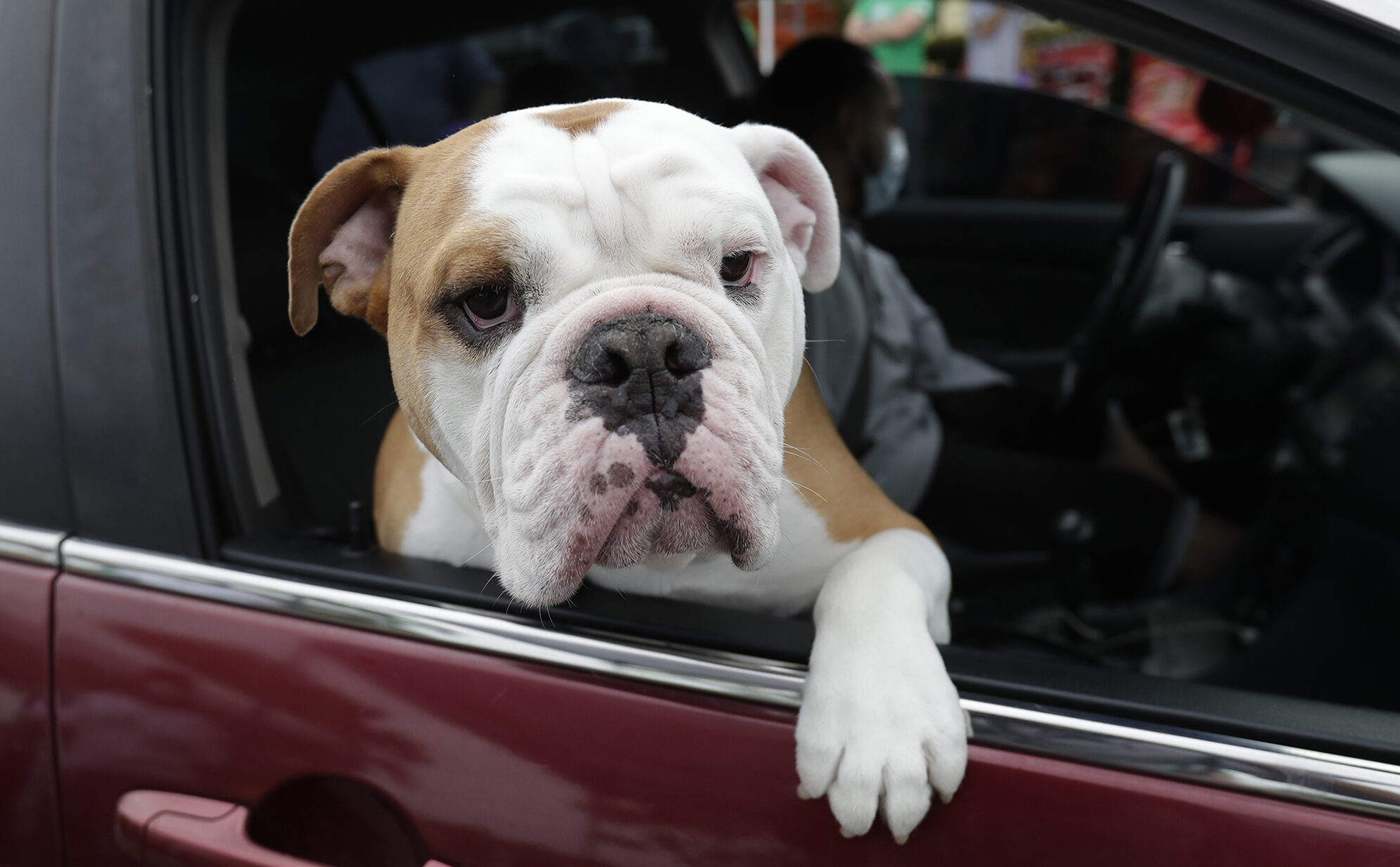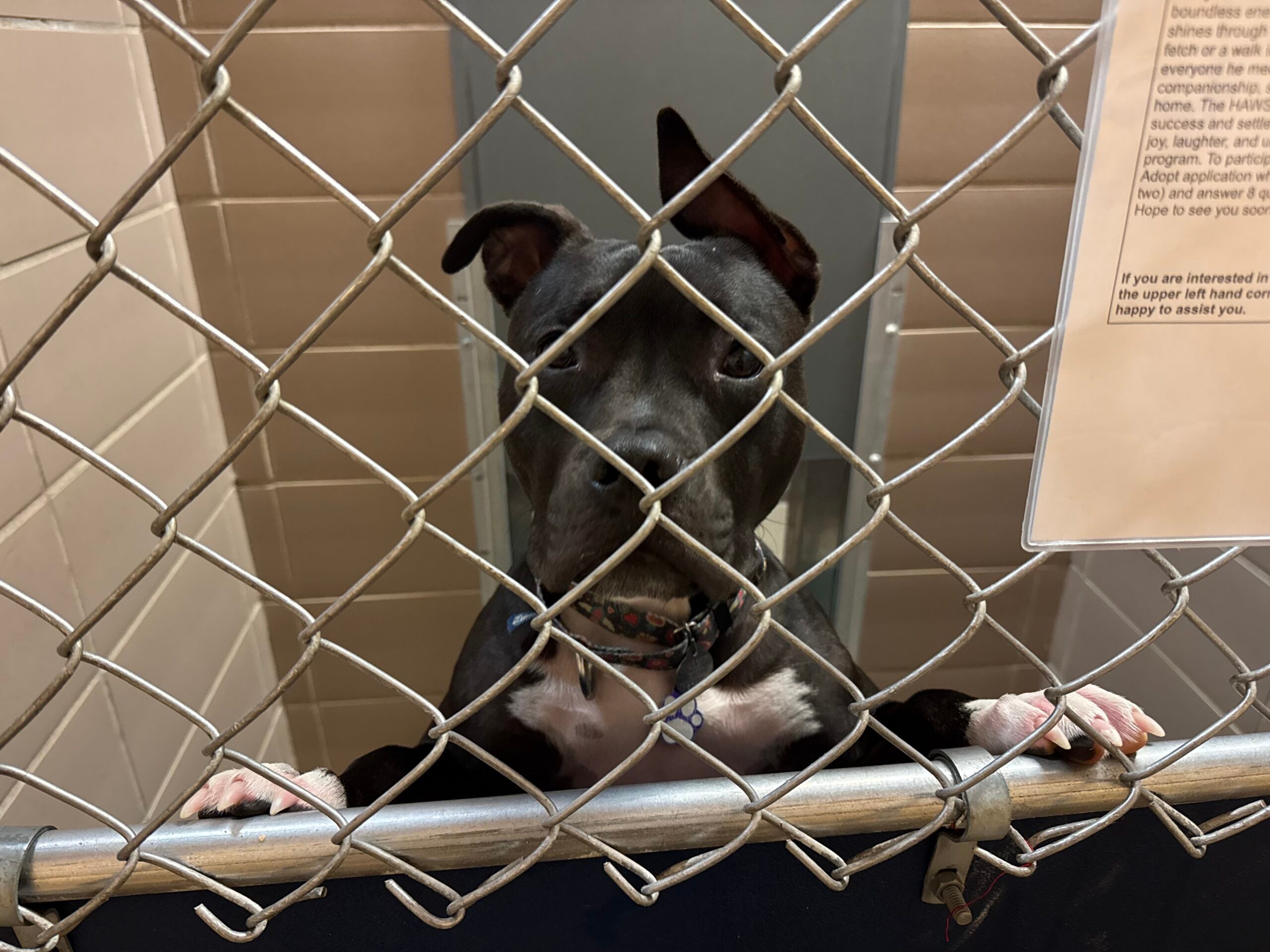Traveling during the holidays can be stressful. But for most of us, it’s worth the hassle to spend time with friends and family. But is it a good idea to bring pets on your trip?
Recently, Bill Stork, owner and operator of the Lake Mills Veterinary Clinic, visited “The Larry Meiller Show” to give advice on how to make traveling with pets a great experience.
Holiday road
News with a little more humanity
WPR’s “Wisconsin Today” newsletter keeps you connected to the state you love without feeling overwhelmed. No paywall. No agenda. No corporate filter.
Whether owners have planned all along to bring their pets, or their plans for pet sitting changed, Stork advises preparation as the key to minimizing stress.
“Get accustomed to how your pet reacts to being in the vehicle,” Stork said. “If they are anxious at all, it can be a long gradual procedure to get them counter conditioned. Bring treats. Work up to the point where they can be in the car to the end of the driveway. Then around the block, then into town and back, until they can eventually hit the road and be comfortable.”
Stork said that being comfortable doesn’t necessarily warrant sedation.
“When you apply the stressor, a lot of times that will override the drugs” he said.
But he does recommend other types of medication, such as Dramamine, if a pet is prone to nausea, or products such as Adaptil and Feliway that release soothing pheromones that will comfort pets along most journeys.
Crate expectations
No matter how, when or where pets are traveling, Stork said it’s easiest when owners have already utilized crate training.
“When people start off with their younger pets and use crates as a tool with house training, then that crate becomes their home base, a safe space,” he said.
Then, Stork pointed out, stress-free vacationing becomes an extension of that training: “You bring them in that crate because they are already comfortable in that space.”

Some pets may associate their crates or carriers with negative stimuli, such as going to the veterinarian. If that’s the case, Stork recommends owners “make the carrier part of the pet’s surroundings, so it’s not so novel, it’s not so scary.”
“And toss treats in that carrier and maybe an article of clothing with the smell of one of their favorite people,” he added. “That should make it a comfortable space.”
Pack it up
When determining what travel items might be needed for a trip, there are the obvious pet accessories — familiar toys, blankets, treats, food and water bowls — but Stork said it’s more important that owners have knowledge of and access to their pets’ medical records, whether in printed form or through an app from your vet.
“Know that you can access your pet’s records, vaccine history, medication histories, should your pet become ill along the way,” Stork advised.
In case a pet does get sick on a road trip, Stork recommends owners research their routes and preemptively plan for emergency pet care options along the way, especially during the holidays when availability of services might be less predictable.
Positive identification
In the unfortunate case that a pet escapes or gets lost while on a road trip, Stork strongly recommends ensuring they can be identified and returned.
“We want permanent ID like a microchip,” he said. “We want a visible ID on a harness, tag or collar.”
And since rest areas or gas stations can be busy travel stops, Stork said to tether pets in the car — even if they are in a crate — so they can’t escape when their owners are trying to attach their leash for a much-needed bathroom break.
Speaking of breaks, Stork said not to be overly concerned about traveling too long with your pet — as long as you are taking care of your pet’s needs as well as your own.
“If the driver is older and likes to drink coffee, then the bladders will usually be pretty well in sync,” Stork said, laughing. “That usually works out. But you can also look at, how long can they go at home? If you’re gone at work all day and the dog can make it, they’ll probably be just as OK driving.”
International feel
If traveling internationally, Stork recommends against trying to navigate the rules and regulations of your destination country on your own.
“The rules, regulations, requirements and vaccines will change from breakfast to lunch on any given day,” Stork said.
He suggests instead researching the many pet transport services that are currently available.
The U.S. Department of Agriculture’s Animal and Plant Health Inspection Service website is also a useful resource to learn country-specific requirements for traveling with pets.

Flying the pet-friendly skies
If air travel with your pet is necessary, Dr. Stork suggests doing your research.
“Most airlines have stated pet policies. Absolutely look at their websites or call an agent, because you might check two or three different places and get two or three different answers,” he said. “But basically, to travel in the cabin, pets have to be able to fit in a carrier that can fit under the seat.”
There are also guidelines regarding which pets can travel as cargo. The American Medical Veterinary Association recommends against sedating pets prior to air travel because sedatives at high altitudes can be unpredictable.
And airlines will typically not allow pets that are under sedation to travel. In addition, brachycephalic (or “short-faced”) dogs are not allowed to fly in cargo due to increased risks of respiratory issues.
The suite life
When staying with a pet at a hotel, Dr. Stork said decorum should prevail.
“Hopefully, your pet is fully house-trained and able to go outside and also doesn’t bark and keep the neighbors up throughout the night,” he said.
Stork noted that while hotels typically charge additional fees for accommodating pets, some pet-friendly hotels do offer pet-specific amenities for four-legged family members.
To Grandmother’s house we go
When staying overnight at the home of a friend or family member, Dr. Stork advised their position on pets should be known beforehand.
Some questions to consider: Are there people who are allergic to or who have had bad experiences with dogs or cats? Do they have a fenced-in backyard? Do they live next to a busy highway?
Stork noted that prior crate training can help a dog or cat to acclimate to an unfamiliar home environment.
There’s an app for that
For an added treat for pets on the road, Stork recommended an app called Sniffspot, which highlights private dog parks available for hourly rentals.
“So, for example, if you’re going to Colorado from Wisconsin, there’s probably a private dog park that you can rent from noon to two the day before Thanksgiving while you’re on your way to Denver,” he said.
Just the thing if your dog needs a vacation from your vacation.




